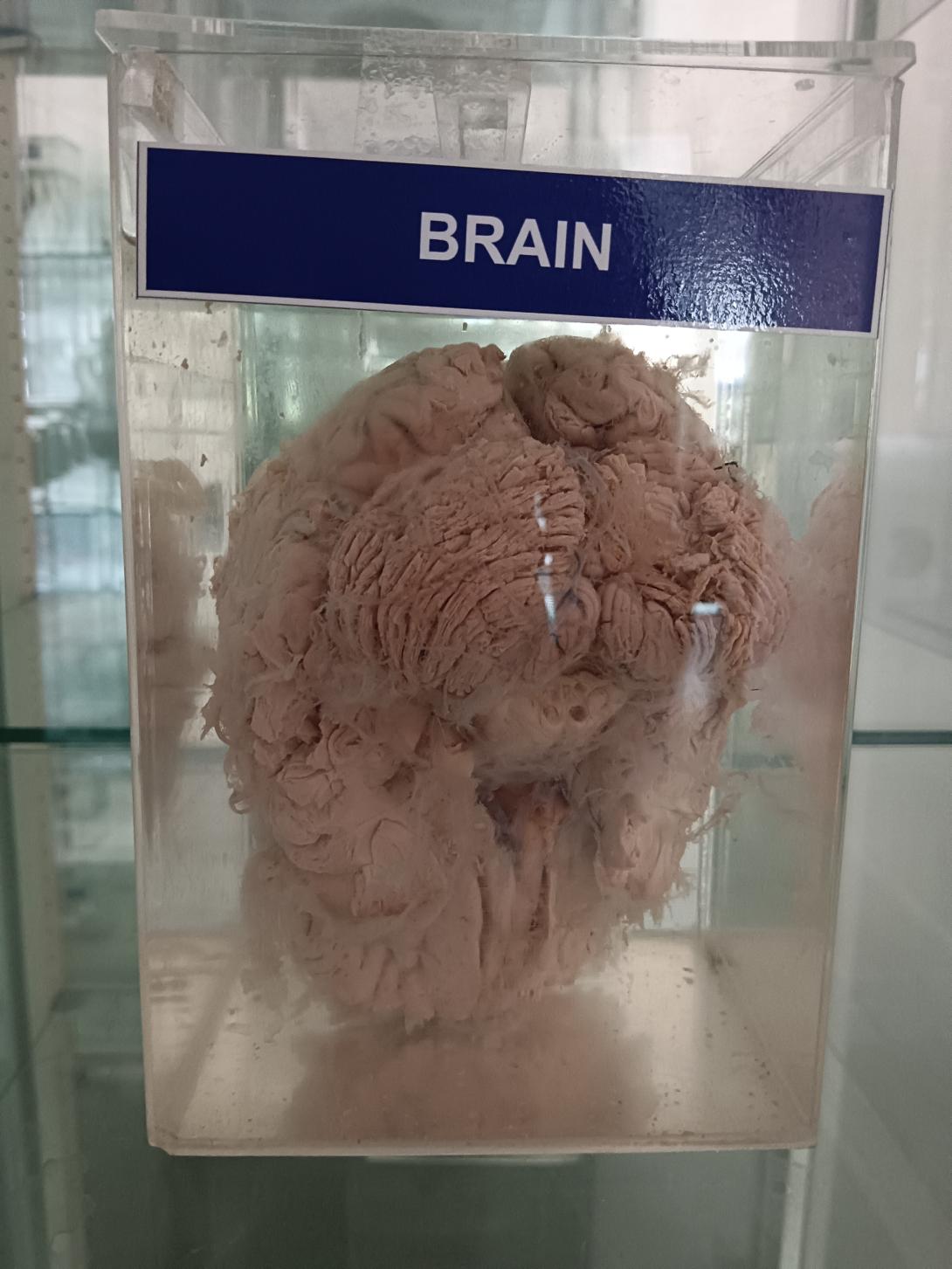Brain clinical anatomy
Clinical anatomy is the application of anatomy in medical practice. In the case of brain clinical anatomy, it refers to the study of the structure and function of the brain as it relates to the diagnosis and treatment of neurological disorders.
The brain is a complex organ consisting of different regions, each with specific functions. Understanding the anatomy of the brain is essential for identifying and diagnosing neurological conditions.
Some of the important structures of the brain include:
Cerebrum: This is the largest part of the brain and is divided into two hemispheres. The cerebrum is responsible for conscious thought, perception, and voluntary movement.
Cerebellum: This is located under the cerebrum and is responsible for coordinating movement and balance.
Brainstem: This is located at the base of the brain and connects the brain to the spinal cord. It controls vital functions such as breathing, heart rate, and blood pressure.
Thalamus: This is a collection of nuclei located in the center of the brain. It is responsible for relaying sensory and motor signals to the cerebral cortex.
Hypothalamus: This is located below the thalamus and is responsible for regulating body temperature, hunger, thirst, and other basic physiological functions.
Understanding the clinical anatomy of the brain is crucial for the accurate diagnosis and treatment of neurological disorders, such as stroke, Alzheimer's disease, Parkinson's disease, epilepsy, and brain tumors.

